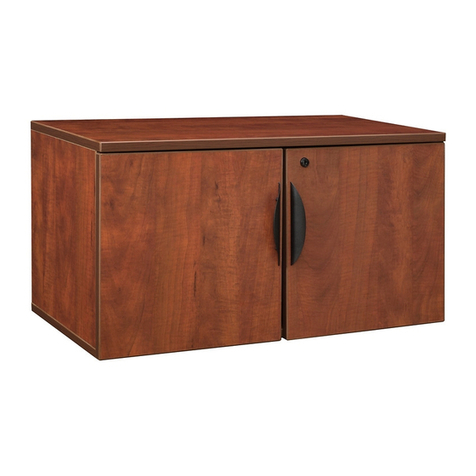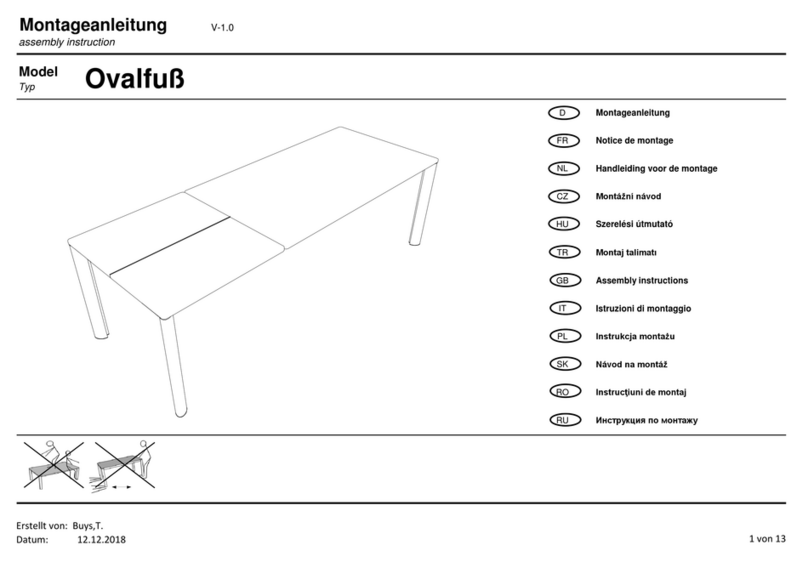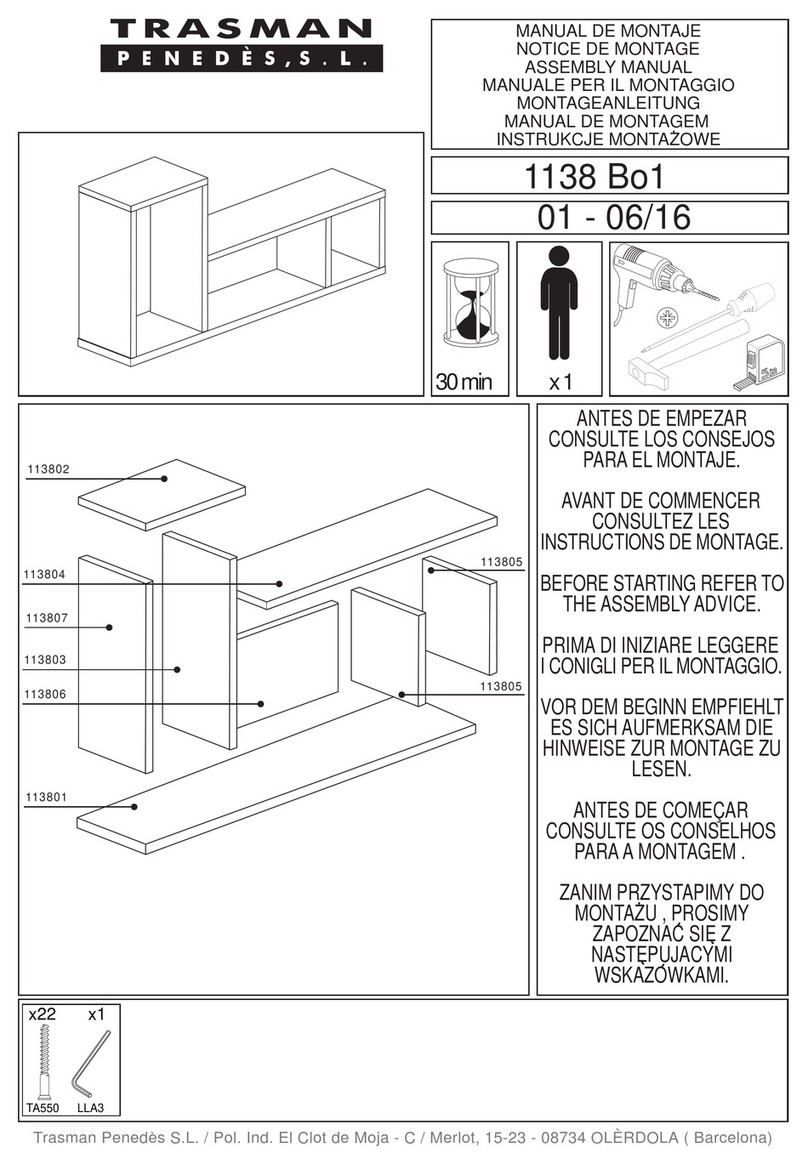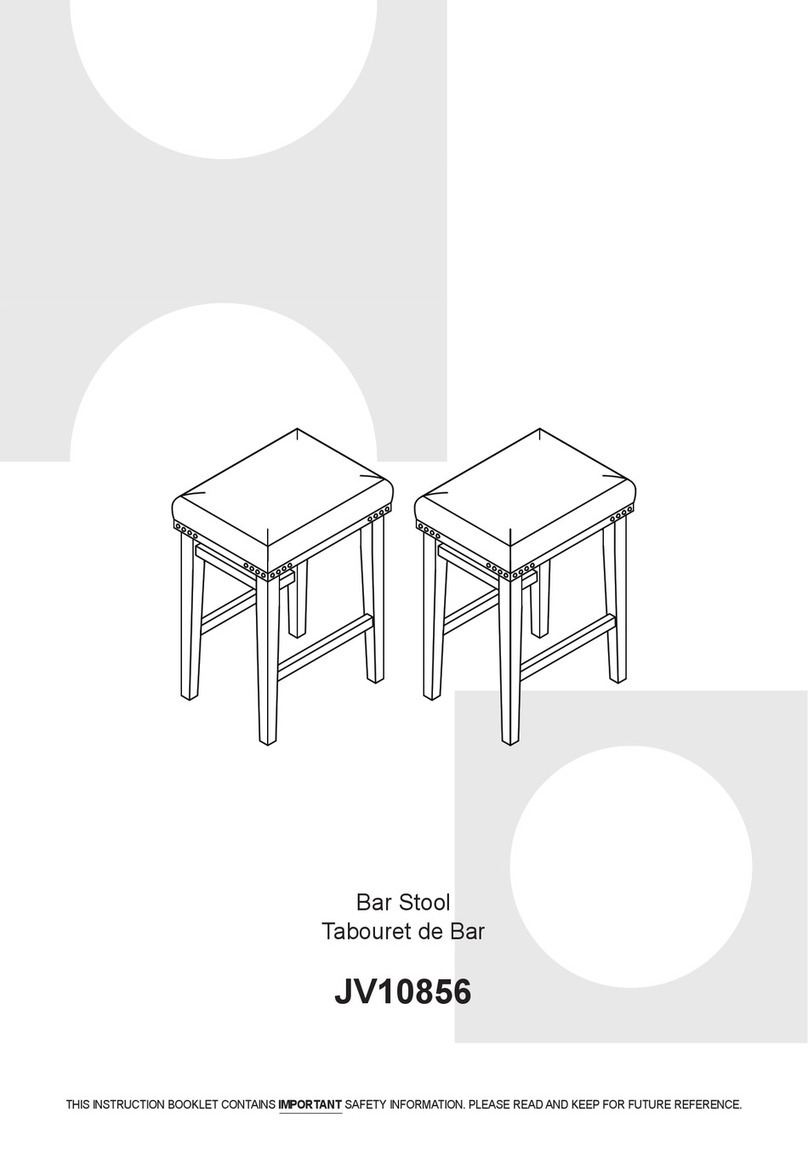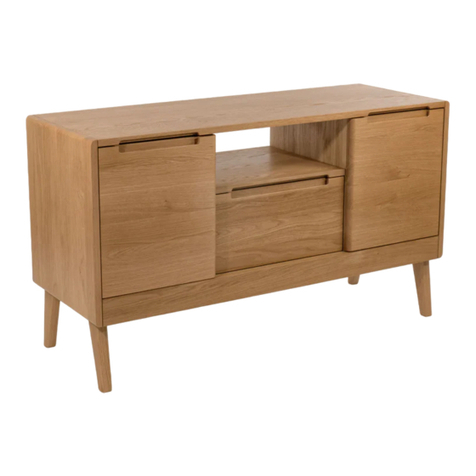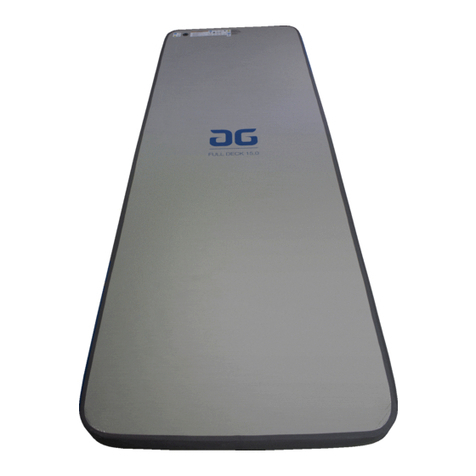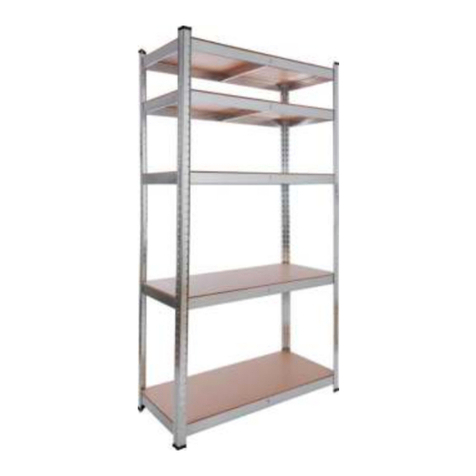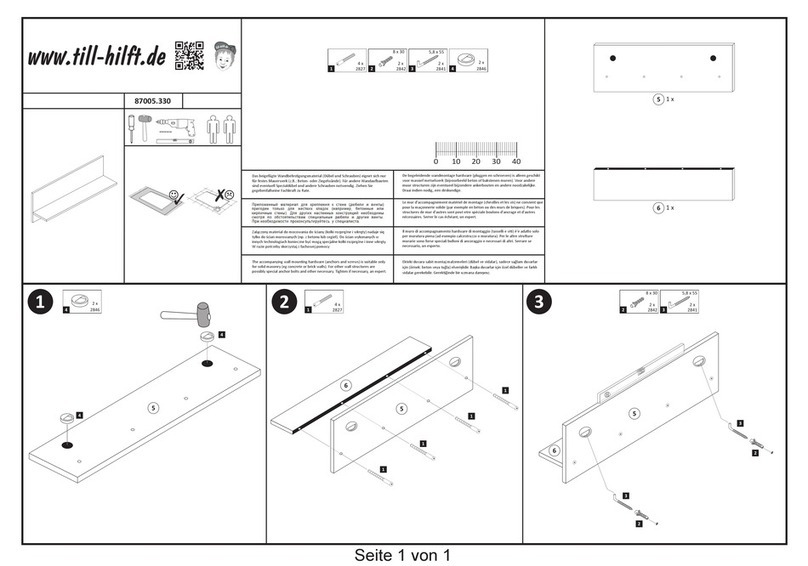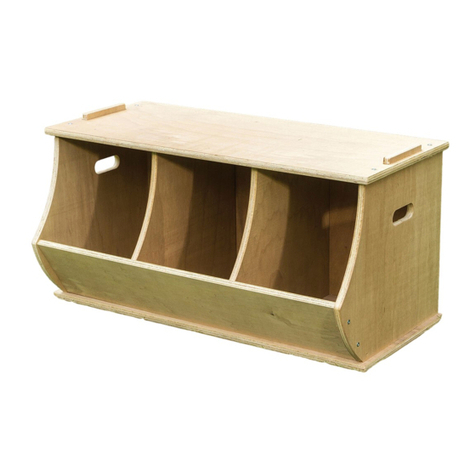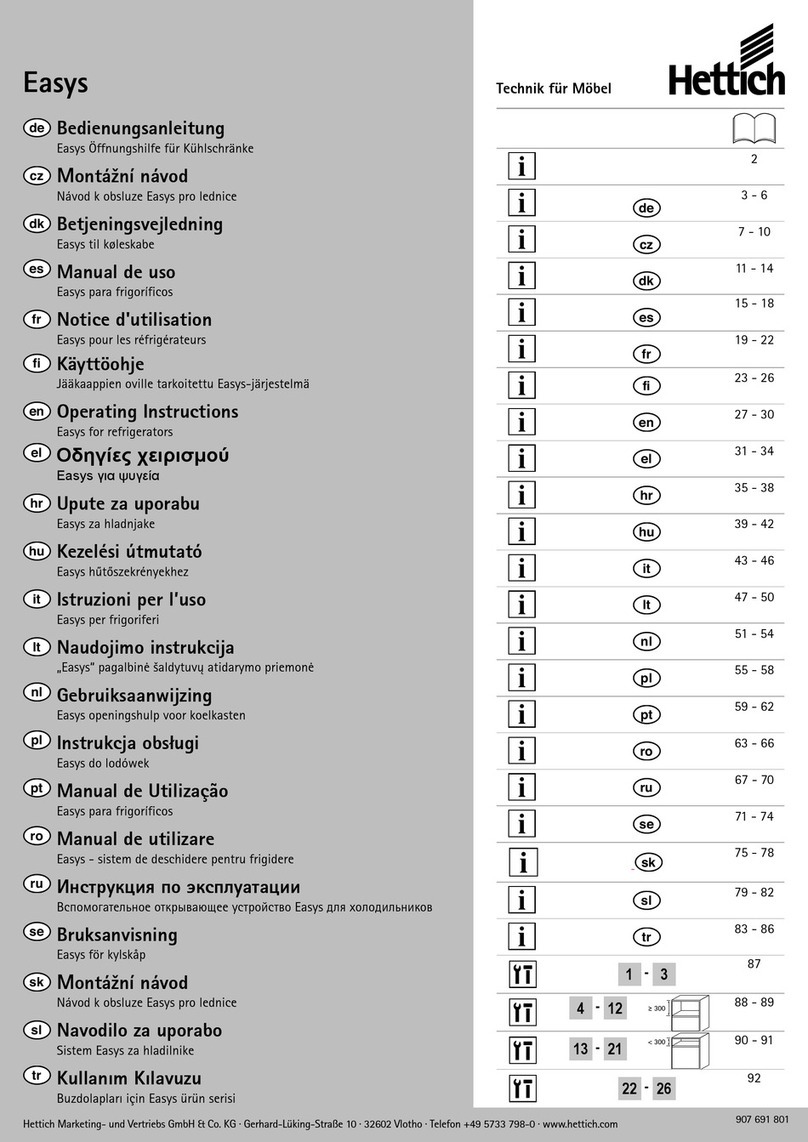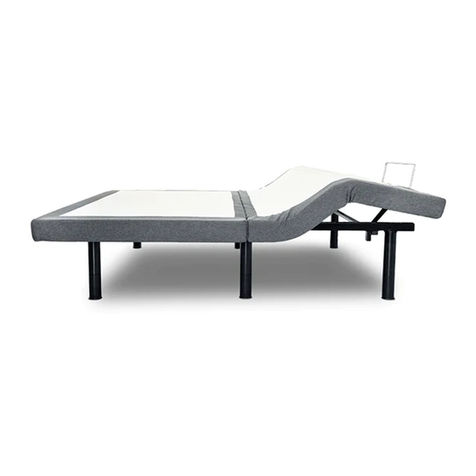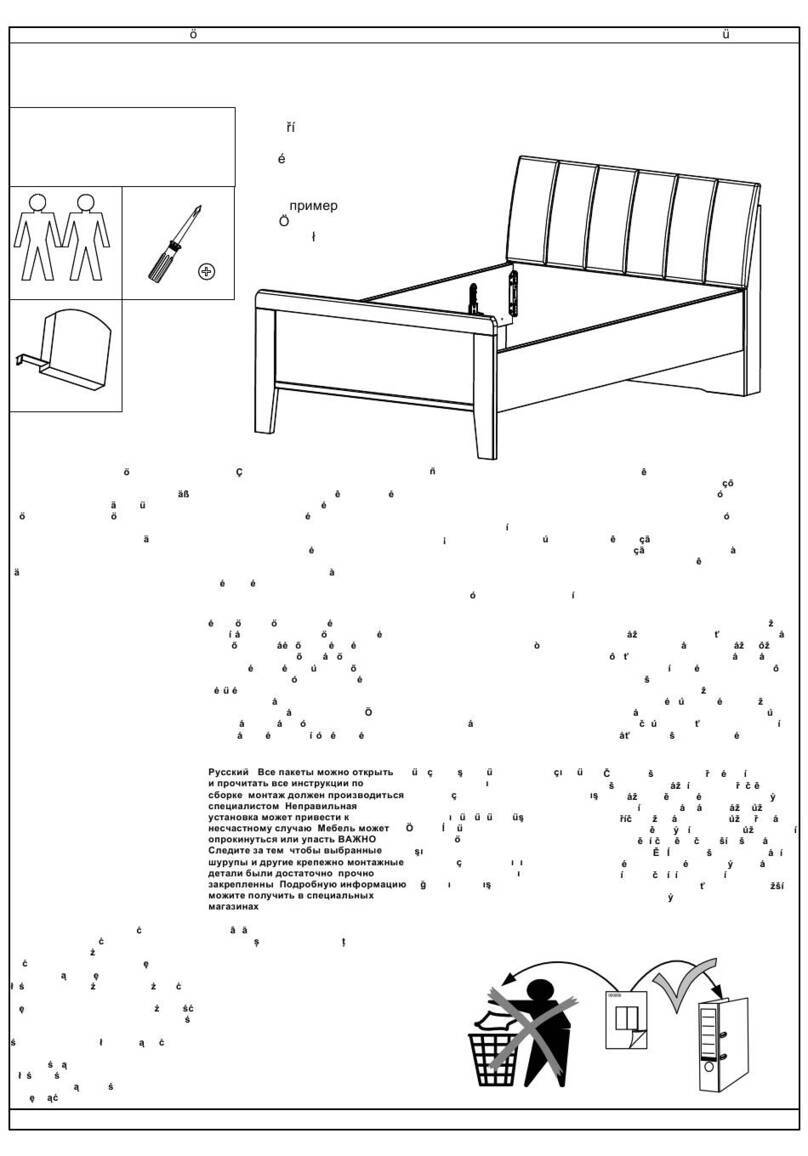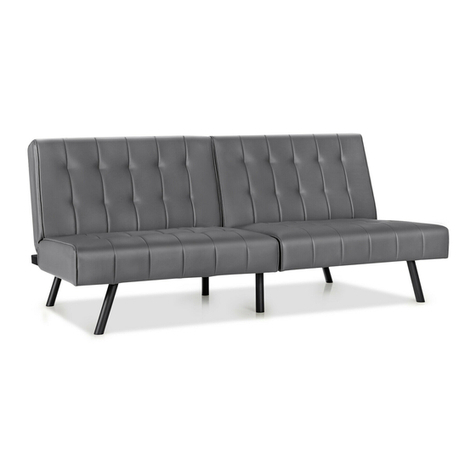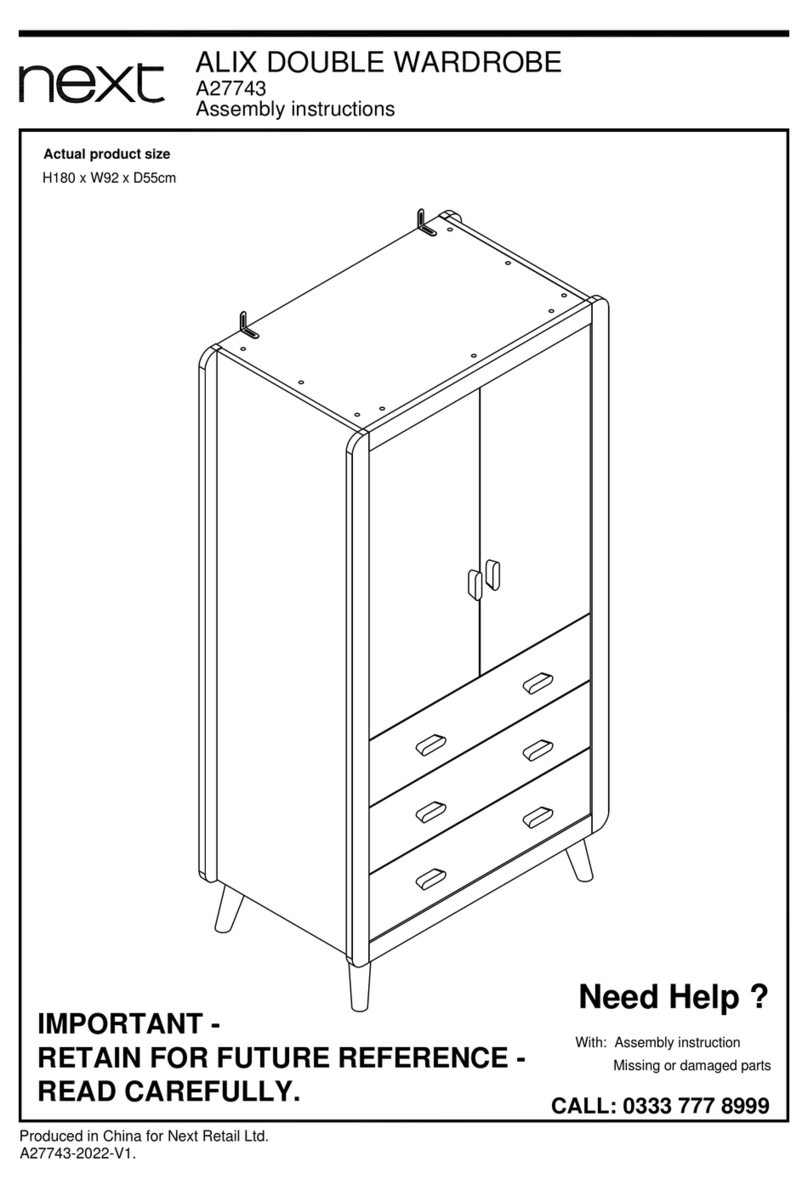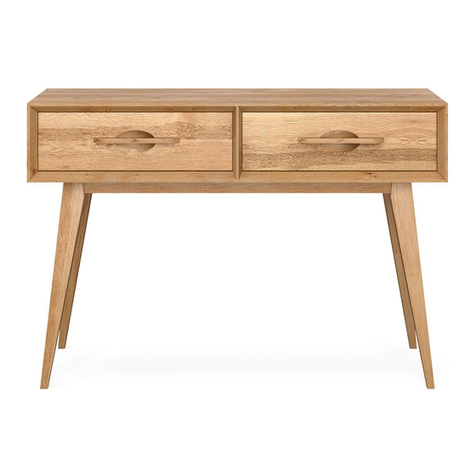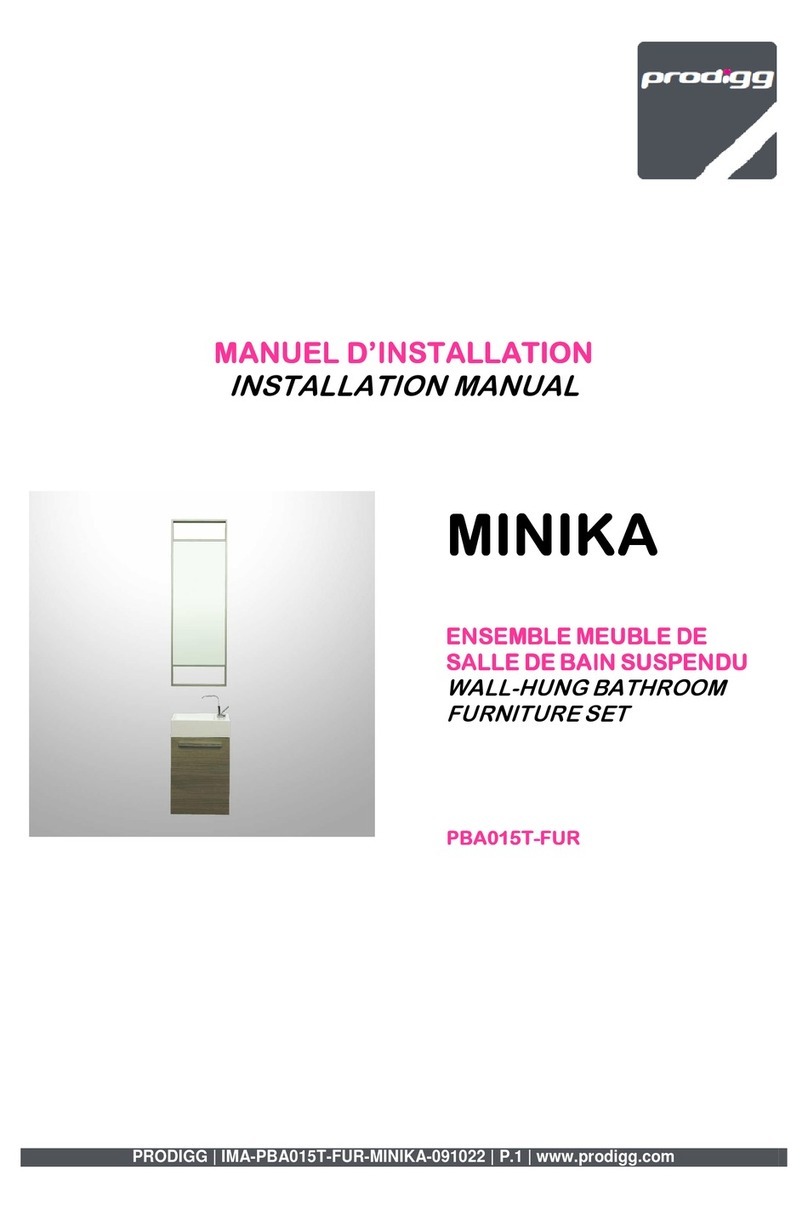
Frequency
The frequency of cleaning depends in part on the standard of appearance that is required and also the re-
quirements to remove deposits that could during prolonged contact with either the powder film or the metal
substrate (if exposed) cause damage or corrosion.
The frequency of such cleaning will depend on many factors including:
1. The installaon environment e.g. leisure centre swimming pool hotel cloakroom etc
2. Type & Frequency of use e.g. Heavy/constant light/infrequent
3. Other factors including but not limited to;
i. Type of chemical cleaners used within the environment on other surfaces and the potenal for these to
come into contact with the painted surfaces.
Ii. Types of cleaning equipment used and the potenal for these to scratch scuff or abrade the coated sur-
faces.
As a minimum we recommend that all coated surfaces should be cleaned quarterly however it is the respon-
sibility of the end user to determine the correct frequency taking into account the above factors. The overrid-
ing objecve is to ensure any damage to the coated surface is idenfied and repaired immediately and that
any contact with aggressive chemicals is rinsed off immediately to prevent irreparable damage.
WARNING
The use of aggressive cleaning substances on floors and other hard surfaces is common pracce however
these substances are highly detrimental to powder & plasc coangs. It is extremely important to rinse off
any coated surface which comes into contact with these substances immediately to maintain the integrity
and protecve properes of the coang.
It is a condion of the product guarantee that Records of all cleaning substances/chemicals cleaning sched-
ules and frequencies shall be kept and maintained along with a full log of all damage and repair informaon
and made available to
ALM Products Ltd if requested.
Repair Procedure
For on-site recficaon of small damaged areas Cromadex 800 Two Pack Non-Isocyanate Acrylic Topcoat
matched for colour and gloss to the appropriate Interpon D Range shade should be used. Where brush appli-
caon is to be employed Interthane 990 should be used to repair gloss systems and Interthane 870 for off-
gloss systems.
Where damage has exposed the metal the prepared metal only should be primed with Cromadex 903 Two
Pack Chromate-Free Etch Primer. Please see the relevant data sheets for thinning raos and drying mes.
Minimum requirements to repair small isolated areas (approx.5-6cm2) and scratch damage
(a) Clean all surfaces to be painted with Cromadex 678 Spirit Wipe or equivalent by applying liberally using a
clean lint-free cloth and wipe dry using lint-free cloths physically removing all sealants and mascs etc.
(b) Abrade all areas to be coated with abrasive paper up to P320 grade if necessary to ensure a suitable
keyed surface ready to be coated then wipe clean using lint free tac rags.
(c) Apply by brush to exposed metal surfaces only one thin coat of Cromadex 903 Two Pack Chromate-Free
Etch Primer and allow to dry for one hour.
(d) Apply by brush or spray one coat of the relevant top coat matched to shade and gloss.
